Updated: November 8, 2024
If you are reading this, then you may be like me and are very late to The Poppy War Trilogy by R.F. Kuang party. I heard of this trilogy when I first joined bookstagram some years ago, and I was intimidated by it. It seemed like such an epic fantasy tale, and I hadn’t dabbled into stories like that until much later in my reading journey.
When the amazing people over at the Bookly App asked me to write this reading guide for the trilogy, I took it as a sign and said yes!
I’ll be discussing the entire trilogy in this guide, and I’m going to do my best to keep spoilers to a minimum. Just know that I’m discussing all the books and may mention some aspects of each that may have spoilers. If there are any, I’ll avoid giving away any major plot points/reveals.
Let’s start by listing some tools that’ll be useful for you while reading the trilogy. These are also the ones that I personally used to make this guide!
Tools to Read The Poppy War Trilogy
📔 Notebook: I used this to write down any information I wanted to remember about the politics and religions that were mentioned in the trilogy. I also used a notebook in order to create a character map for myself.
📑 Tabs/Sticky-Notes: I used tabs in order to mark certain plot points I wanted to remember for later.
🆒 Bookly App: I use the Bookly App for every book I read, but it was especially helpful when reading an epic fantasy that has a lot of different elements in it! There is a lot of information being thrown at the reader regarding the political systems set in place as well as the magic system. The Bookly App helps me a lot because I can jot down quick thoughts in the thoughts section, as well as any quotes that stood out to me! The main feature I use on the Bookly App is the timer, which tracks how long each of your sessions is, and then it calculates how much longer you have to finish the book. This is very useful, especially for folks who are goal-oriented and would see this as a challenge and/or for motivation!
🖋️ Highlighters/Pens: If you like marking up your books, you can use a highlighter to mark important parts of the book pertaining to the plot, or you can write in the margins!
Now grab your drink of choice, your notepad, and your Bookly App, and let’s get started with the first book!
1. Starting with The Poppy War
To start a reading session of The Poppy War Trilogy, I suggest grabbing a notebook, pen, and tabs and setting your phone nearby so you can use the Bookly App to start a session. This is what I did at the beginning of each session!
Trigger Warnings: graphic SA (sexual assault. I know that those words themselves can be triggering, so from now on, I’m referring to it as SA), child death, child abuse, graphic death, graphic depictions of body mutilation, strong language, self-harm, drug abuse/addiction, graphic description of dead bodies.
Content Warning Note: A majority of the trigger warnings don’t come into effect until the last 100 pages of the book or so. There are some graphic, violent scenes from the midpoint of the book. The graphic depictions of SA occur on pages 424-425 and don’t obtain any important plot points on those pages, so if you want to skip those pages, they aren’t something you need to read. Please take care of yourself when reading this book; it does not hold back on the graphic depictions of violence.
A. Plot Summary
The Poppy War follows our main character, Rin, who is an orphan and the foster child of a family called the Fangs. She takes a test that finds talented children within the country of Nikara and sorts them into academies. Rin tests the best out of her province and is chosen to attend Sinegard, the most elite military academy. We follow Rin on her journey at the academy and beyond when she’s thrown into a war that may just cost her her humanity.
B. Characters
A character guide was not included in this book, so I decided to make my own! There are a couple of ways I like to do this; I’ll either create a family-tree type of map and use arrows to connect characters with one another, or I’ll jot down their name and information I learn about them as I continue on in the story. Make sure to leave yourself some room to write more information about them as you read further!
C. Maps/Setting
My version of The Poppy War did not include a map, but I looked it up and found out that some versions of them do! I personally would suggest looking up a map on the internet if your copy doesn’t come with one and referencing it while reading. A lot of different locations are mentioned, and it helped a lot to look at that map so I could better picture the setting in my head while reading.
D. Politics
The Poppy War contains a lot of politics, even though our main character isn’t really a part of them at this point in the trilogy. The author describes how the political system works with The Empress as the leader of Nikara. Each province has a Warlord who leads, for example, The Dragon Warlord. We learn about the Federation of Mugen in this book and the tension between them and Nikara. I made notes about the timing of the different conflicts between the two countries, as well as what started the conflicts in the first place.
E. Magic Systems/Religions
The magic system in this trilogy is mainly Shamanism. More about how this magic system is revealed later in the book, so I won’t spoil it for you here. But it definitely has more of a religious undertone to it, which I thought was interesting. If you are a fan of mythologies of any kind, you’ll enjoy this magic system a lot.
F. Language/Vocabulary
Not a lot of different vocabulary or different languages were used in The Poppy War, but if you run across any, I suggest using the ‘Definitions’ feature in the Bookly App. This makes it so you can type in a word and create a definition for it. I think it’s especially useful to use this if there is a language other than one you know featured in the book!
G. History/Allusions
When I was in the middle of reading this book, I thought that “this book seems like it’s inspired by the conflict between China and Japan,” and after reading the author’s note in the back of the book and doing some research online I realized that this thought was in fact correct. Even though all the countries in this book are, in fact, fictional, the author alludes to real-life historical events and conflicts that happened between China and Japan in the twentieth century. The Nanjing Massacre was what inspired scenes later on in the book, and very little was made up during those scenes. I think this, while very upsetting to read, is an important and often forgotten part of history that should be remembered.
So you’ve completed or have decided to pick up The Poppy War based on this guide! I hope you enjoyed or will enjoy your reading of this book. If you couldn’t tell, I rated it 5/5 stars. I thought the writing was amazing, and there was humor added in to break up the darkness of the subject matter. I think people who enjoy mythology and history will enjoy this epic fantasy book! Continue reading below for my guide on the next book in the trilogy, The Dragon Republic by R.F. Kuang.
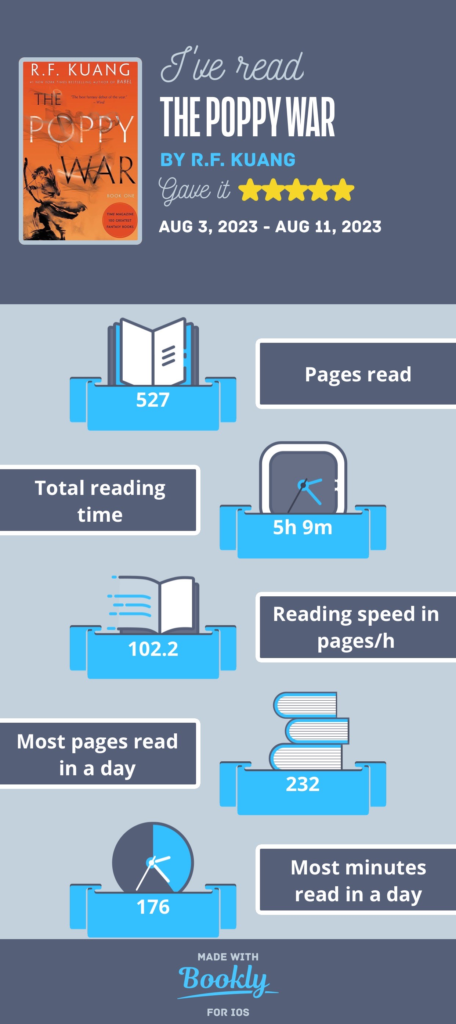
2. Continuing with The Poppy War: TheDragon Republic
Trigger Warnings: graphic SA, child death, child abuse, graphic death, graphic depictions of body mutilation, graphic description of dead bodies, strong language, self-harm, drug abuse/addiction, cannibalism.
Content Warning Note:: While this book doesn’t have as much graphic violence as the first book, it still occurs throughout. There is a scene where SA happens on pages 513-515, and while the aftermath of it does have an important plot point, the scene itself is not necessary to read. So please skip it if you need to. It will be occasionally mentioned throughout the rest of the book, so keep that in mind as well. Remember to take care of yourself while reading this book; the author does not hold back on the graphic violence!
A. Plot Summary
We are left off following Rin during the aftermath of the last book’s events. Rin is now the commander of The Cike, an elite squad of shamans. Rin has many important decisions to make, but she’s never been in a position of leadership before. Struggling with her opium addiction brought on by trying to keep the Phoenix at bay, Rin is starting to fall apart. An opportunity arises to defeat the Empress once and for all, giving her the vengeance she wants so badly. Should she trust her gut telling her that the Dragon Republic is the best path forward, or is the Dragon Warlord’s promise of freedom and unity too good to be true?
B. Characters
We don’t meet many more characters in this book than the last one, but we definitely learn more about existing characters. When creating your character map/web, I recommend leaving plenty of space to add to each character as you learn more. I also wrote what happened to each character in the book prior so I would remember where we left off with them just in case we were to encounter that character again in the next book or if they died, and you need to remember that for future references to that character. That way, you won’t be confused about what happened to them, especially if you are reading these books several days/weeks/months apart from one another!
C. Maps/Setting
My copy of The Dragon Republic did include a map of Nikara, which I found myself using a lot during this book. I kept it tabbed so I could easily flip to it whenever a new setting was mentioned in the book. Because there are so many battle scenes in different locations, it became very important to track the plot using the map. You could even mark the different locations traveled to in the book if you needed to!
D. Politics
Politics is a continuous theme throughout The Dragon Republic. I found myself writing notes about the different political movements made because I believed they would show up again later in the book and the next book. I would suggest noting or tabbing the different sections where political moves are made or where different plot twists are mentioned referring to politics because it’ll be important later on in the trilogy, so you won’t forget and then be confused!
E. Magic Systems/Religions
We learn more about the magic systems even more in The Dragon Republic. I added to my notes that I had made about them from The Poppy War and also changed my notes to reflect what I know now to be accurate versus what I was speculating. Rin learns more about her connection to the Phoenix as well as the Trifecta and their connection to the magic system within Nikara. We learn more about the Hesperian religion in this book especially, and based on the end of the book, I think that making notes about this will be especially important.
F. Language/Vocabulary
As mentioned in The Poppy War reading guide above, using the ‘Definitions’ tool in the Bookly App can be really important in order to understand the certain language used in this book. There is a lot of war strategy and militaristic language that can be hard to understand, so I used my definitions tool in order to learn new words and make more sense of what was being discussed.
G. History/Allusions
The author, R.F. Kuang, studied Chinese Studies while in University, so she brings many different allusions to history within this trilogy. The author mentioned that this trilogy makes several nods to historical events that actually occurred, which honestly brings another terrifying aspect to this trilogy. Especially because it has such graphic violence, obviously, the story comes from the author’s own mind, and not every detail is going to be an exact reflection of actual historical events, but as a reader, you can find yourself seeing the similarities.
So you’ve completed The Dragon Republic! If you’re like me and loved this book, you’ll be happy to continue the trilogy by picking up the next book. Continue reading below to read the reading guide for The Burning God by R.F. Kuang!

3. Ending with The Poppy War: The Burning God
Trigger Warnings: graphic SA, mention of SA, child death, child abuse, graphic death, graphic depictions of body mutilation, graphic description of dead bodies, strong language, self-harm, drug abuse/addiction.
A. Plot Summary
We left Rin off injured and alone as she was betrayed by those she trusted. Now seen as a goddess among men, Rin finds that she has become a symbol of the South. Rin must navigate politics and war strategy as she earns the mantle of general. But Rin discovers that everybody she thought she could trust is willing to sell her off for a promise of freedom and safety. An old enemy has arisen again, making Rin desperate enough to join the dangerous alliance. Hopefully, she’ll make it out alive.
B. Characters
Some new characters are introduced, so I added them to my character map. The author had a character map in the back that covers the main characters mentioned in the story. Always be careful looking at these, though, as you read the story because there could be spoilers.
C. Maps/Setting
In my copy of The Burning God, I did have a map, which, of course, is always useful when reading an epic fantasy. The setting changes a lot in this book, like it did in The Dragon Republic, with many of the settings being new. Time also jumps in this book without breaks in between, so it’s important to pay attention to these time jumps. I suggest tabbing the time jumps so you can keep track of where you are in the timeline.
D. Politics
Just like the last two books, politics is a recurring and ever-present theme. Rin is navigating leadership more so now than she did in the previous book. War strategy is thrown at the reader pretty heavily, and it can be hard to track sometimes. I found myself making notes in the ‘Thoughts’ tool on the Bookly App. If I thought of a question or a realization about the topics being discussed, it helped to be able to get those thoughts down at the moment.
E. Magic Systems/Religions
We learn even more about the magic system and religions that are within the story. There are similarities to the religions mentioned in the book and religions that are in real life. The Hesperians are meant to be Christians, which I think brings a different perspective to the reader, seeing it from the people whom this religion is being forced upon. Oftentimes, we see it from the enforcers’ point of view and don’t see the overarching effects it has on an entire culture of people. The Pantheon religion that Rin follows interests me a lot; it reminds me of different mythologies from around the world! If you enjoy mythology/folklore as a genre, you’ll definitely like this trilogy.
F. Language/Vocabulary
I found myself often using the ‘Definitions’ tool in the Bookly App to help define some new words that I came across. You can also tab the new word, make a note of it, and then find the definition for it. If you can’t find an actual definition on the internet or in a dictionary, you can always use context clues from the book itself and make your best guess about what the word actually means.
G. History/Allusions
As I mentioned above, the author wrote this book with actual historical events in mind, which makes this book even better and more horrifying. I think it’s a creative way to teach readers about history that actually happened and shouldn’t be forgotten. But also creating a fantastical world that’s fun to get lost in.
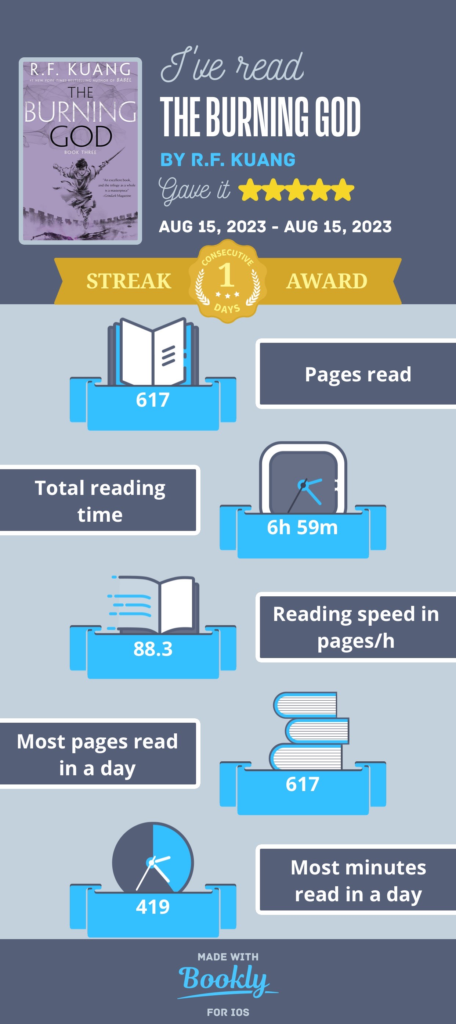
So there you have it, folks, a reading guide for all 3 books in The Poppy War Trilogy by R.F. Kuang. I enjoyed this trilogy immensely! I thought it was well-written and engaging. The only negative thing I have to say is some of the characters got on my nerves and were super irrational, but it made sense for the story, so I can’t judge too hard! If you’ve made it to the end of this article, thanks so much for reading! I hope you enjoyed the trilogy as much as I did.
Guest Post by our Bookly Pro Reader, The Rose Post 💙
Looking for more bookish content to devour? We’ve got you covered! Whether you’re trying to get out of a reading slump or want even more reasons why reading is amazing, don’t forget there’s always Bloo, your own personal reading assistant to help you out. So, keep exploring and happy reading!
Download Bookly for iOS 👉 https://bookly.app.link/nAH81rtpg9
Download Bookly for Android 👉 https://bookly.app.link/4TMM20xpg9

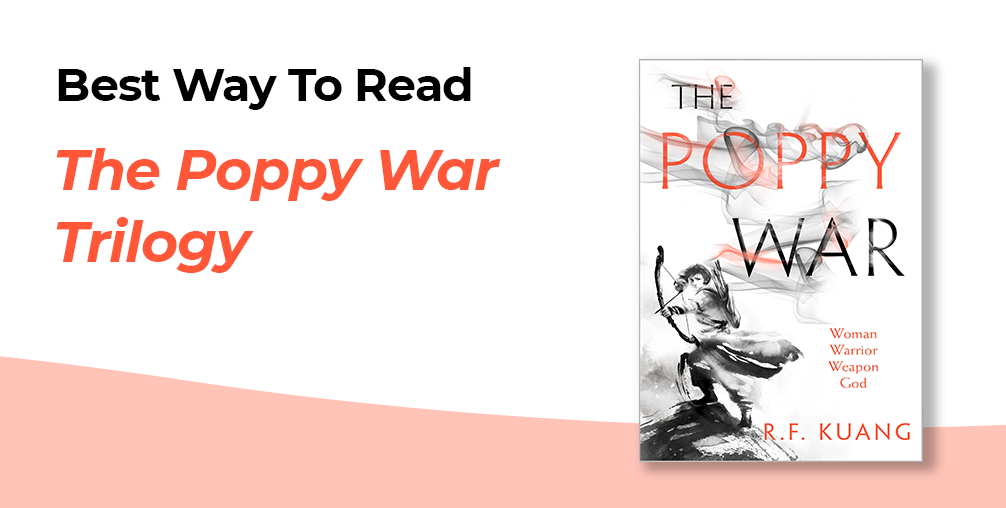
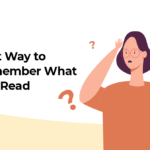


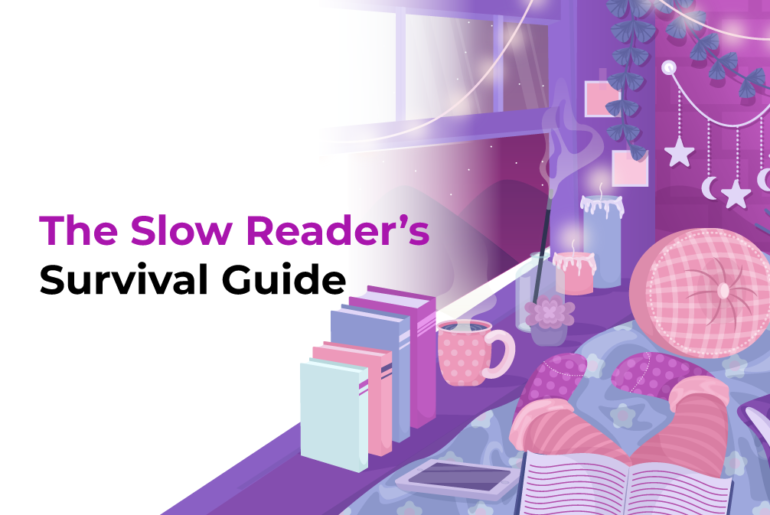
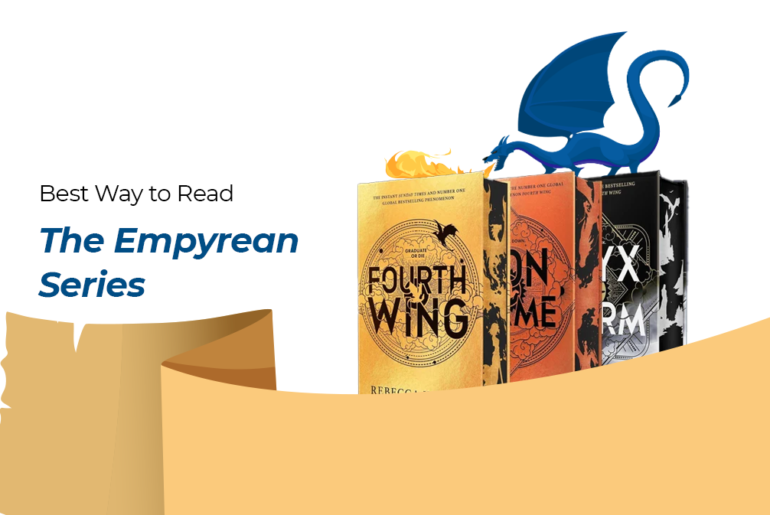

2 Comments
What about TW note for the thrid book? I need to know on which pages the SA occurs and if I can skip it.
For those, we recommend you check the official TW list of the book, that’s where you’ll find all the info. Happy reading! 💙